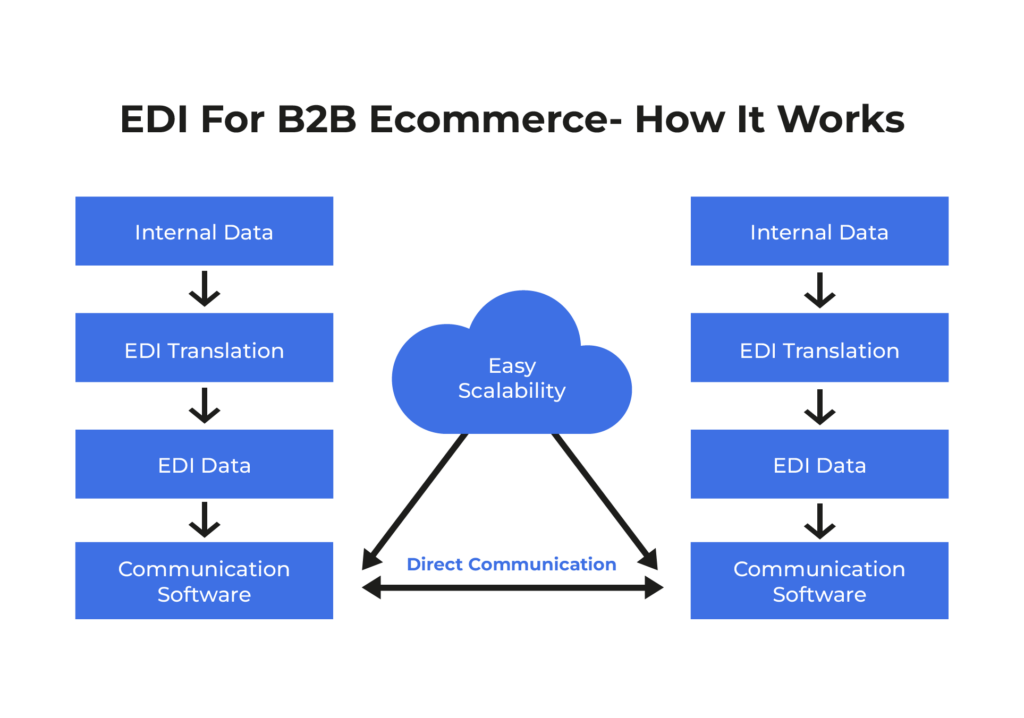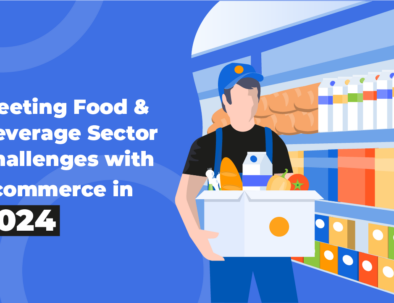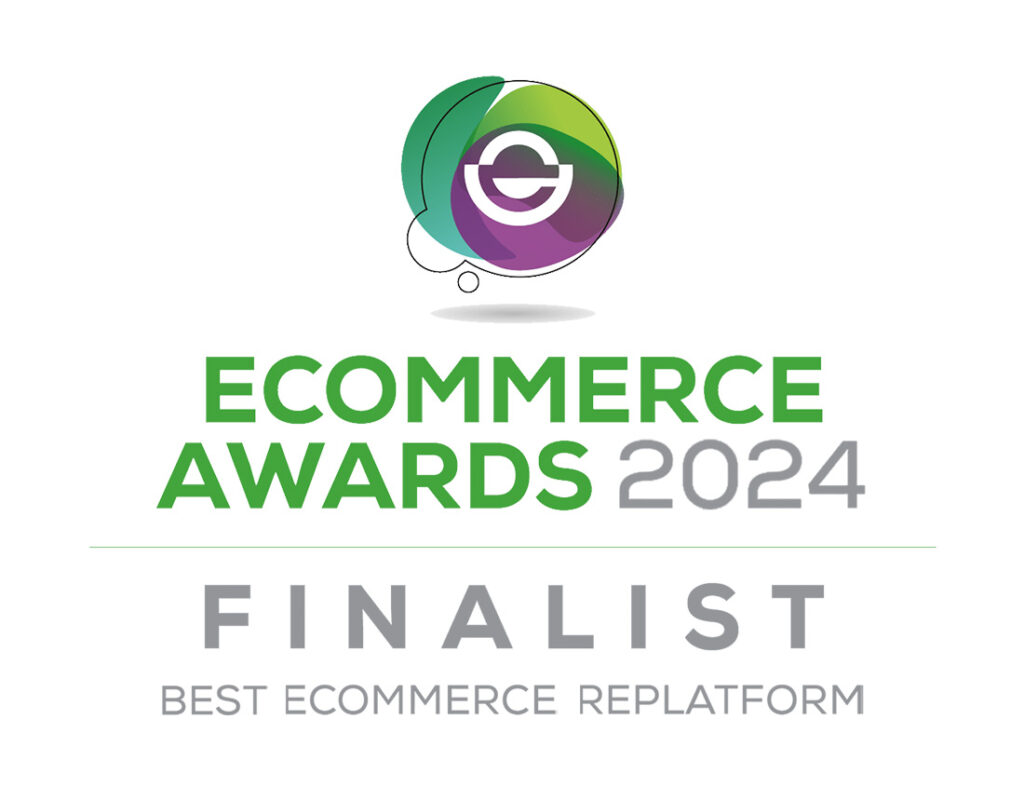Manual data entry can lead to errors in transactions and delayed communication. Electronic data interchange or EDI simplifies B2B ecommerce and communications, making it easy to exchange digital contracts and invoices.
Cloudfy is a B2B ecommerce platform designed from the beginning to meet the needs of complex sales processes. That’s why it includes a pre-built connector for the popular Applicability Statement 2 or AS2 EDI.
Many B2B customers want to place their orders using EDI. With Cloudfy you don’t have to add a customization or a plug-in to meet their needs. Our integrated ordering feature provides direct AS2 ordering for your EDI-enabled customers. You can securely transfer sensitive documents in an encrypted environment with digital certificates.
Table of Contents
What is EDI?
Exchanging important documents between businesses using computer networks simplifies and streamlines your operations. Your paperless system won’t require physical documents or repeat manual data entry. Sending and receiving invoices, purchase orders, shipping notices and other important information takes place in near real-time.
EDI translates business documents into standardized electronic formats for secure transmission. When the messages arrive the EDI software converts them back into their original format.
Automation is one of the key benefits of EDI which significantly reduces manual data handling errors. You’ll also achieve cost savings for things like printing, postage and labor-intensive manual document handling and filing.
How EDI works

Other EDI systems understand the standardized EDI document formats, regardless of the software and processes businesses might have.
Sending and receiving companies can establish a connection directly or through a Value Added Network or VAN. Once connected, two-way transmission can take place. For consistency, messages include specific fields for different types of data such as purchase orders or invoices.
The benefits of EDI
EDI increases efficiency, accuracy and speed. You’ll minimize data entry errors and manual processing delays and can sometimes remove them altogether.
Automatic processing means orders, invoices, and other transactional documents are all dealt with quickly and efficiently.
Costs go down because you won’t need paper-based documents. This doesn’t just minimise paper use. Document handling and physical storage requirements also reduce. There’s less risk of documents being lost or misplaced. Thanks to consistent content and formatting there are also less miscommunications and misunderstandings.
Implementing EDI
Implementing EDI is straightforward with a purpose designed B2B ecommerce solution like Cloudfy. Before you choose an approach for your business here are some things to consider.
Your business needs
It’s worthwhile defining your specific business needs and which parts of your organization could benefit most from EDI. This understanding underpins your business case and simplifies your implementation plans.

Data mapping
To get the most from EDI you’ll want a clear picture of the data you need. You’ll also need to know what you hold and where it is in your organization. Mapping your data helps you understand how it flows between key systems.
Internal processes
You won’t want to miss opportunities to save money and improve efficiency through automation. It’s surprising how many of your internal processes can improve with EDI. A thorough review makes sure your whole organization benefits.
Testing is essential before connecting your EDI system to your B2B ecommerce site and your internal enterprise (ERP) systems. Your employees also need training so they understand how to make the most of EDI.
Future-proofing EDI
Procurement processes have evolved in response to changing market conditions and new technologies. Working with an EDI implementation partner keeps you up to date with innovations and market changes. You’ll stay ahead of the curve and maintain your competitive advantage.
Types of EDI integration
There are three main types of EDI integration for your business.
Direct
You can create direct relationships between your internal ERP system and your service providers, suppliers or customers. This involves using a file transfer protocol (FTP) and you must manage each connection. It’s a complex option if you’re not using a standardized protocol. However, it’s a good choice if you have multiple integrations and share a lot of data.
Indirect
Indirect EDI integration involves an additional connection, such as an external value added network (VAN) or broker. Files are transferred between you, your suppliers, customers, or third-party logistics firms. Messages and documents move from your system to the broker or VAN. They are converted into the formats your customers or suppliers prefer and securely forwarded.
Hybrid
Depending on your business requirements, you might want to use both direct and indirect EDI integration. Normally, for a hybrid EDI integration solution to work, everyone involved must already use EDI. Alternatively, VANs or brokers mediate non-EDI communication and exchange messages via email, Excel spreadsheets or PDFs, for example.
Data security and EDI
Data security is essential for effective implementation of EDI. With increases in cybercrime, you can’t ignore the potential risks for unauthorized access, data tampering or theft.
Secure Sockets Layer (SSL) or Transport Layer Security (TLS) encryption protects data sent over the internet or a computer network. Standardized digital signatures and mathematical hash algorithms protect your confidential information while it’s in transit. Also include strong password policies in your implementation plan to keep your system safe from hackers.
Every system involved in the EDI process requires regular updates to remove the vulnerabilities that criminals exploit. Working with a cloud-based provider gives you confidence because the risks are understood and addressed and solutions quickly applied.
EDI and business system integration
Integration with your ERP systems provides seamless information exchanges between different departments within your organization. You’ll benefit from faster and simpler processes and your teams can work together more effectively.
Real-time data exchange through EDI integration with your business systems also improves the visibility of your operations. You can make decisions more quickly, order processing is faster and, with more accurate data, customer experiences also improve.
Book a free Cloudfy demonstration to discover how EDI can digitally transform your B2B business.
Frequently Asked Questions
EDI stands for Electronic Data Interchange, which enables the exchange of important documents between businesses using computer networks. It streamlines operations by eliminating the need for physical documents and manual data entry, allowing for near real-time transmission of invoices, purchase orders, shipping notices, and other vital information.
EDI works by translating business documents into standardized electronic formats for secure transmission. The key benefits of EDI include automation, which reduces manual data handling errors, cost savings from eliminating paper-based documents, and increased efficiency and accuracy in processing orders and invoices.
To implement EDI effectively, businesses should consider their specific needs, conduct data mapping to understand the flow of data between systems, and review internal processes for opportunities to automate and improve efficiency.

B2B Ecommerce for the Pharmaceutical and IMP Sectors from Cloudfy
During the pandemic, the pharma and investigational medicinal products (IMP) sectors had to evolve to survive. The pharma ecommerce market is still growing dramatically and is expected to reach almost US$ 290,825million by 2034. Like many other industries increasing costs, … Read More

What’s the significance of inventory and logistics features in B2B platforms?
In the competitive landscape of business-to-business (B2B) commerce, efficient inventory and logistics management can be the difference between success and stagnation. B2B platforms that prioritize the integration of robust inventory and logistics features are better equipped to meet the complex … Read More

Meeting Food & Beverage Sector Challenges with Ecommerce in 2024
Meeting Food & Beverage Sector Challenges with Ecommerce in 2024 Are you finding it difficult to keep pace with the rapid changes in the food and beverage (F&B) sector? Extra quality and compliance requirements and supply chain disruption are just … Read More






